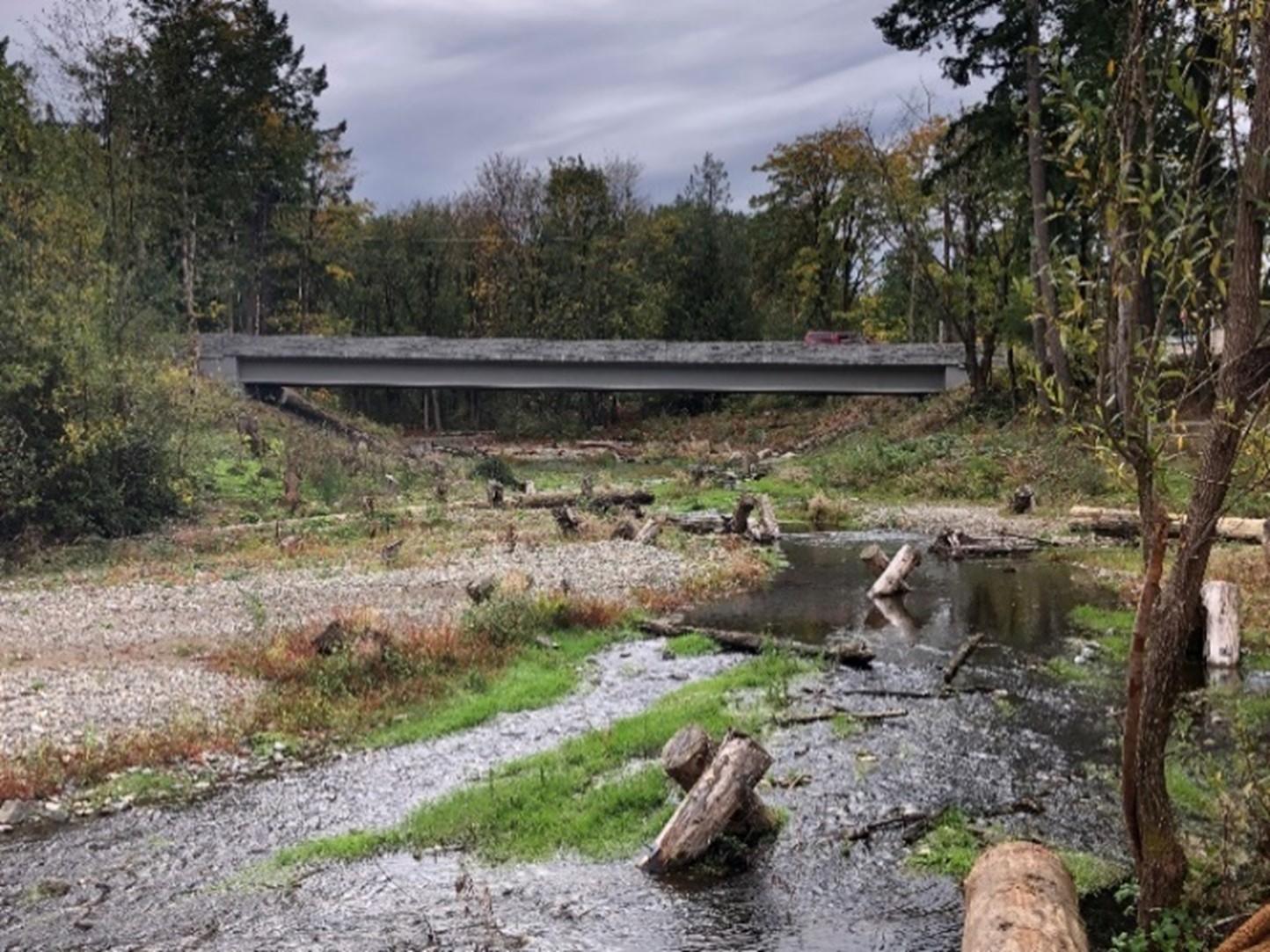ARCHIVED NEWS RELEASE
This document is provided for archival purposes only. Archived documents
do not reflect current WDFW regulations or policy and may contain factual
inaccuracies.
News release Aug. 11, 2023
Contact: Jane Atha, 360-902-2577
Media contact: Eryn Couch, 360-890-6604
OLYMPIA – The Washington Department of Fish and Wildlife (WDFW) is kicking off an effort this summer to develop a comprehensive statewide strategy outlining an approach to prioritize barriers for removal that prevent salmon and steelhead from swimming upstream.
Directed by the 2020 Legislature, the strategy will better focus progress across Washington’s culvert correction programs into a single strategic approach to maximize salmon and orca recovery efforts.
The strategy will help to guide future funding recommendations for the state’s Brian Abbott Fish Barrier Removal Board, as well as other state fish passage barrier correction programs.
“This strategy will help provide a pathway for identifying a clear vison for correcting barriers to migrating fish across Washington state,” Jane Atha, Ph.D., WDFW fish passage strategist. “We’re excited to kick this work off and look forward to championing this strategy for fish, wildlife, and people.”
The Department recently convened a science panel to guide the strategy development and is also coordinating with tribal governments, salmon recovery regions, and key stakeholders in the development of the strategy. More information about the panel is available on the Department’s website.
The Department anticipates having additional opportunities for public review during the strategy’s development, which is slated to wrap up in late 2024. The Department will announce opportunities for public feedback as more information becomes available.
More information about the strategy’s development is available on the WDFW’s website.
The Washington Department of Fish and Wildlife works to preserve, protect and perpetuate fish, wildlife and ecosystems while providing sustainable fish and wildlife recreational and commercial opportunities.
